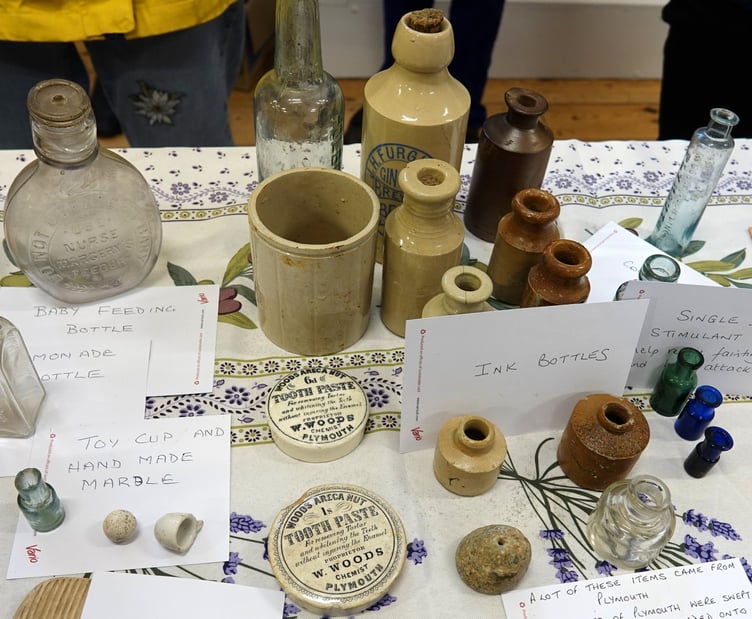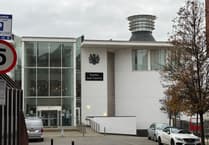Approximately 100 people with local interest in the Bere peninsula attended the re-launch event of the Bere Local History Group last Saturday, March 12.
Held in the Parish Hall in Bere Alston, the event provided the chance to browse a wealth of information, including historic maps, photos, documents and items used in local agriculture or found in gardens.
The group, which focuses on the history, heritage and archaeology of the area, had started to have problems with fewer people to run it about two years ago, and then covid hit. But an enthusiastic group, headed by chairman Clive Charlton, organised the re-launch and hopes to start a new programme with a talk by Clive in April.
Clive, who gave a talk at the re-launch, said they were delighted with the response and they hoped to build a further programme, including more talks, guided walks and participatory events such as workshops, where memories could be recorded. Further suggestions were welcome.
He thanked those who had helped organise the event, and also those who had done so much in collecting and investigating local history over the years.
The group’s website would be published in the near future, with material available online, and work had started on the large archive — a great proportion of which had been gathered by the late Jean Sharman.
Clive’s talk focussed on what made the peninsula a special place, including the people, rivers, mining heritage, farming with fruit and flower growing, the churches and chapels, the railway, the lords of the manor and the history of the rotten borough. Chris Smart from Exeter University would be contributing with help on the archaeological side.
A planned further talk, by the Tamara Landscape Project, could not take place due to covid.


-stage-a-breakfast-for-military-veterans-with-college-students.jpeg?width=209&height=140&crop=209:145,smart&quality=75)


Comments
This article has no comments yet. Be the first to leave a comment.